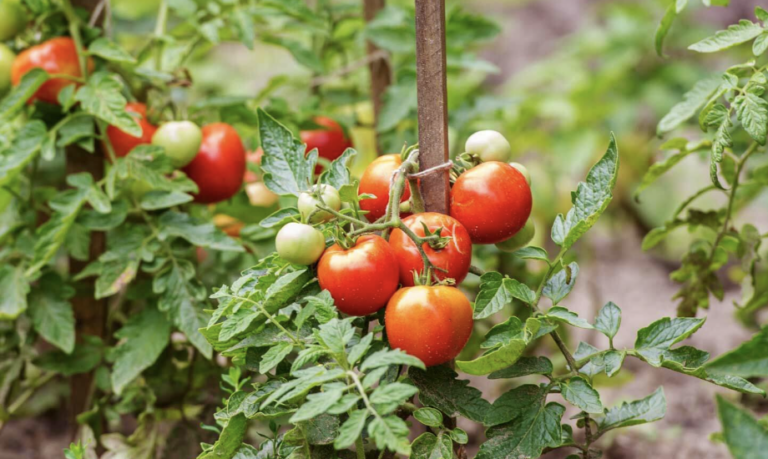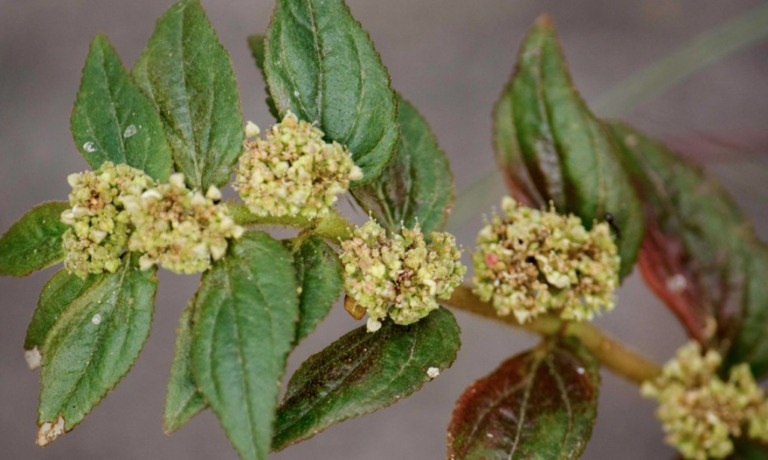Growing tomatoes at home is one of the most rewarding gardening experiences. Whether you’re planting in a backyard garden, raised beds, or containers, a few simple techniques can help speed up growth and maximize your harvest. With the right care, you can enjoy fresh, juicy tomatoes in no time.
Tips for Growing Tomatoes Faster and Getting a Bigger Harvest
1. Choose the Right Tomato Variety
Some tomato varieties grow faster and produce fruit earlier than others. Look for fast-growing types like cherry tomatoes or early-maturing varieties for quicker results.
2. Start with Healthy Soil
Tomatoes thrive in nutrient-rich, well-draining soil. Mix in compost or organic matter to boost growth and provide essential nutrients.
3. Give Them Plenty of Sunlight
Tomatoes need at least 6–8 hours of direct sunlight daily. The more sun they get, the faster they grow and produce fruit.
4. Water Consistently
Keep the soil evenly moist but not waterlogged. Deep watering a few times a week is better than frequent shallow watering.
5. Use Mulch to Retain Moisture
Adding mulch around your plants helps maintain soil moisture, regulate temperature, and prevent weeds from competing for nutrients.
6. Feed Your Plants Properly
Tomatoes need a good balance of nutrients, especially nitrogen for leaf growth early on and phosphorus and potassium for fruit production. Use an organic fertilizer or compost tea for the best results.
7. Prune for Better Growth
Removing unnecessary leaves and suckers (small shoots between branches) helps direct the plant’s energy toward growing bigger, healthier tomatoes.
8. Provide Proper Support
Use stakes, cages, or trellises to support your tomato plants. This improves airflow, prevents disease, and makes harvesting easier.
9. Control Pests and Diseases Early
Keep an eye out for pests like aphids and tomato hornworms. Using natural solutions like neem oil or introducing beneficial insects can help protect your plants.
10. Harvest at the Right Time
Picking tomatoes when they are fully colored but still firm ensures the best flavor. If needed, you can ripen them indoors by placing them in a paper bag.
Enjoy a Bigger, Faster Tomato Harvest
With these simple tips, you can speed up tomato growth and enjoy a more abundant harvest. Whether you’re a beginner or an experienced gardener, growing tomatoes at home is easy and rewarding. With a little care and attention, you’ll be picking fresh, homegrown tomatoes in no time.

